NASA scrambles to rescue two trapped astronauts following issues with Boeing’s Starliner spaceship
The massive rescue effort for two astronauts stuck in space has hit another major setback, raising more questions than answers.
Science
Don't miss out on the headlines from Science. Followed categories will be added to My News.
What goes up must come down – but it’s not quite that simple for two US astronauts stranded in space, Butch Wilmore and Suni Williams.
It was all laughs and social media smiles in late July when the astronauts on board the International Space Station (ISS) – who had already been in orbit since June 5 – made a video of their own “Space Olympics”, complete with a torch relay to coincide with the beginning of the Paris Games.
But that turned into startled silence after NASA announced they could remain stuck in space until 2025, if their Boeing Starliner could not be repaired to return them home.
The grim and fascinating saga has sparked questions – big and small – as the world demands answers on how such an extraordinary event could occur, and what this means for future human space exploration.
“It’s not like we can just go and send an Uber to get these astronauts,” said Dr Rebecca Allen, co-director of the Space Technology and Industry Institute at Swinburne University.
“There’s going to be some really careful evaluation over the next few weeks about what a return plan is going to be and will it have consequences.”
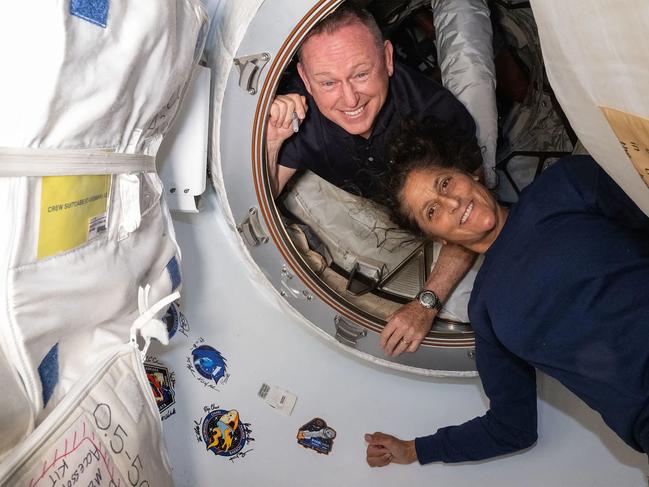
NASA made another update this week that officials would make a final call by the end of the month on whether to bring the astronauts home with Starliner or a SpaceX spaceship, which is Boeing’s rival and owned by Elon Musk.
“We can juggle things and make things work if we need to extend. But it’s getting a lot harder,” NASA’s associate administrator of Space Operations Mission Directorate Ken Bowersox said.
Dr Allen said a best case scenario would be that the data from two months of testing show the Starliner is reliable.
“They need to know the Starliner is fit for flight and that they are confident the thrusters can separate from the International Space Station otherwise it will be a catastrophic failure,” the astrophysicist said.
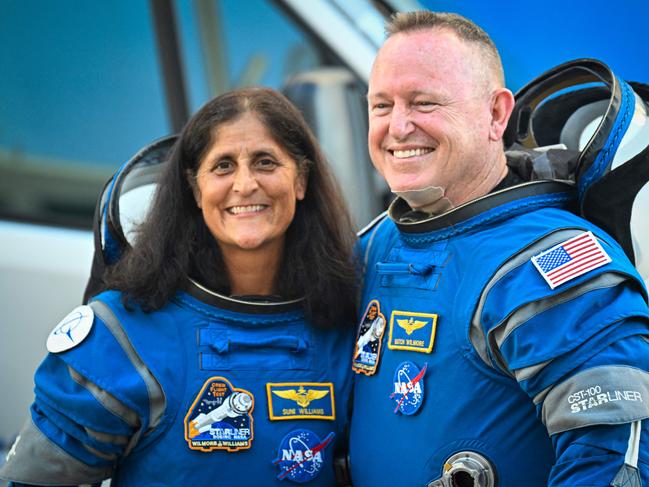
WHO ARE THE STRANDED ASTRONAUTS?
Barry “Butch” Wilmore and Sunita “Suni” Williams blasted into space from Cape Canaveral on June 5, on what was supposed to be an eight-day mission.
Wilmore, 61, is married with two daughters. The Tennessee native was selected to become an astronaut in 2000 and has since completed four spacewalks during his career.
Williams, 58, has completed seven spacewalks over the course of her various missions and has the distinction of being the first person to complete a triathlon in space by using a special device to simulate swimming.
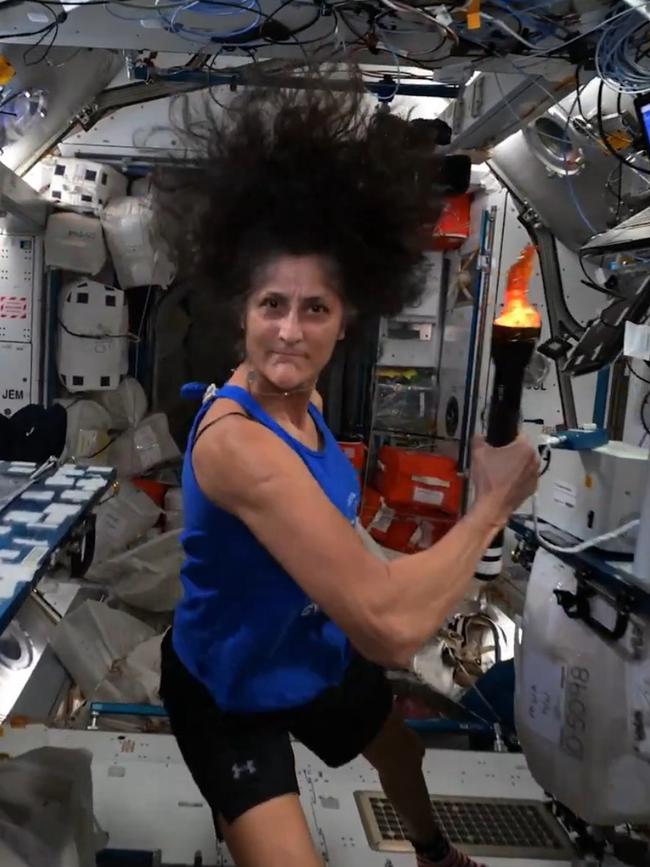
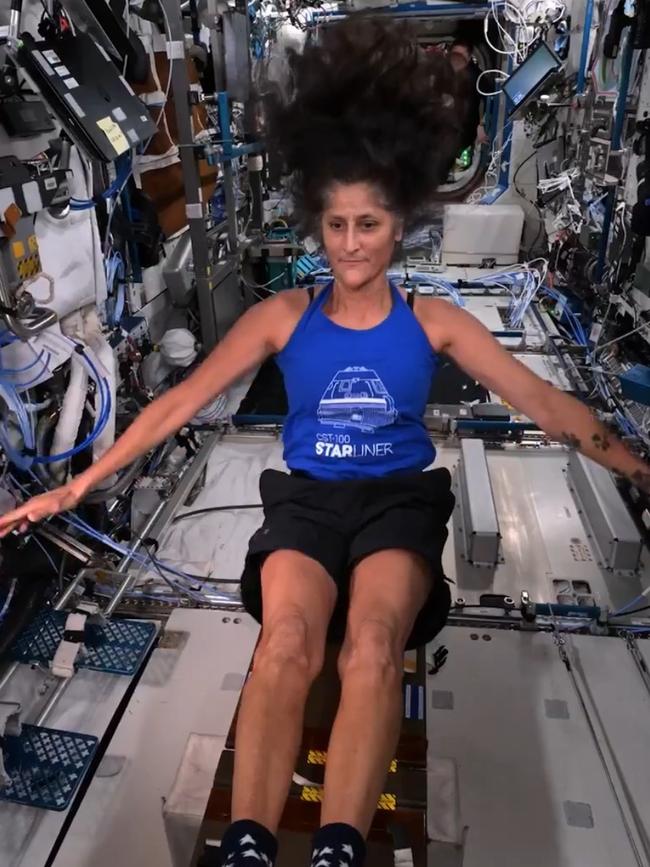
WHAT WENT WRONG WITH STARLINER?
It was supposed to be just another routine mission, but trouble was detected after the spacecraft docked with the International Space Station.
The main issue engineers are frantically trying to solve relates to thruster failures that became clear when the Starliner docked. Engineers are also concerned about helium leaks, which are used to pressurise the thrusters.
It was known there was one helium leak affecting Starliner before the launch. However, other leaks emerged during the flight.
Boeing has been testing the spacecraft remotely to try and understand the problems and find fixes, with the hope it can reassure NASA it is safe to bring its astronauts home. But that testing has revealed yet more problems, leading NASA to delay the astronauts’ homecoming.
“NASA is not going to take risks especially given the tragedies which have been part of the shuttle program – so unless there’s really some confidence in that testing data, then we’re not seeing Starliner bringing these astronauts home,” Dr Allen said.
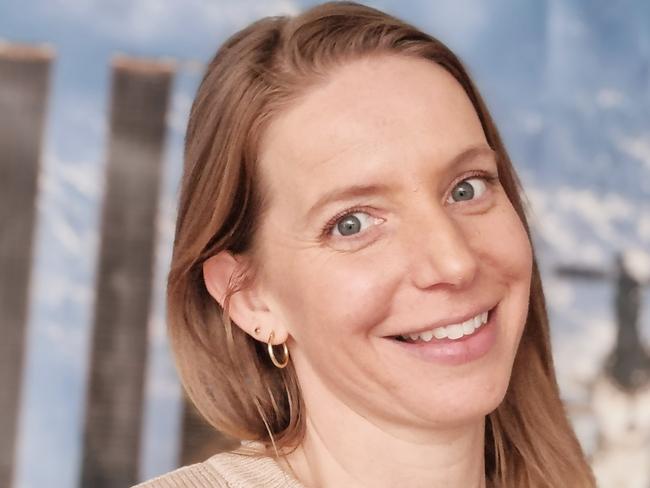
WHAT HAPPENS NOW?
NASA is expected to make a decision by the end of the month on whether it brings the duo home on the Starliner or the SpaceX spaceship.
“We’re reaching a point where that last week in August we really should be making a call, if not sooner,” Bowersox said.
The SpaceX spaceship would launch their scheduled crew-9 but with just two astronauts rather than the usual four. The Crew Dragon capsule would then be able to return to Earth with Starliner’s crew in February 2025.
So what goes up, will hopefully eventually come down - but just eight months later.
DO THEY HAVE ENOUGH SUPPLIES
No one predicted this delay and the astronauts certainly did not pack for it, besides – it would be impossible to cram eight months’ worth of supplies into a space rocket.
“It’s just so expensive – every kilogram costs you money and so when astronauts are going up on these flights what they’re taking is considered so carefully down to the milligram,” Dr Allen said.
NASA recently sent a capsule to the ISS, powered by a Space X rocket, which held food and supplies for the two Starliner test pilots.
Dr Allen said these vital supplies would have included essential foods which are mostly freeze dried, clothes, hygiene supplies and medication.
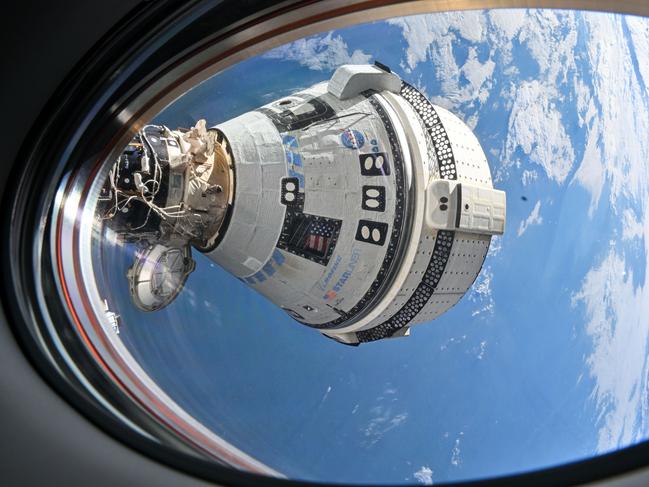
HOW DOES THIS SETBACK AFFECT FUTURE MISSIONS?
There are only two docking ports for US capsules on the space station, and both are currently occupied, given the Starliner has been there for longer than expected.
A four-person American-led crew (Space X Crew-8) has been on the ISS since March 4 and a three-person Russian-led crew has been on board since March 23, but their scheduled returns are also likely to be hampered by the Starliner drama.
“Crew-8 is up there right now and were supposed to be relieved this month by crew-9 but that’s been delayed as Starliner is taking up one of the berths and there’s only so many spots where they can dock, so future missions will now be on hold,” Dr Allen said.
WHAT IS THE FALLOUT IF THERE’S NO FIX?
The Starliner program cost “billions of dollars” and would be “a huge loss” if Boeing is unable to send the astronauts back to Earth in its spacecraft, according to Dr Allen.
“It is a crewed capsule so there’s a possibility it could be separated and launched back uncrewed towards Earth but that could potentially mean the capsule does not land and we wouldn’t be able to evaluate it and the greater consequence is the end of the Starliner program,” she said.
“It would be a huge loss if they were to lose this capsule because of the value for evaluating it.”
Despite the saga, Williams and Wilmore have reportedly been in good spirits during their extended stay in space.
“I feel confident that if we had to, if there was a problem with the international space system, that we can get into our spacecraft, undock, talk to our team and figure out the best way to come home,” Williams said in an update in July.
“We’ve practised a lot. I have a really good feeling in our heart that this spacecraft will bring us home, no problem.”
But the duo will need to continue a very busy and strict daily routine of experiments, planning, and meals, and particularly exercise aboard the spaceship in the next eight months.
Dr Allen said daily exercise is critical in outer space in order to limit the risk of body function decline. She said the lengthy delay in outer space could provide valuable data on human health.
“The longer humans are in space their bones start to deteriorate, muscles, other functions in the body decline so we need to fully understand why and when we take away gravity why our bodies change so dramatically,” Dr Allen said.
“The crew-8 astronauts have served their time and it would be so stressful not knowing when they are able to come home but they have trained for this … they are prepared for the most extreme situations.”
More Coverage
Originally published as NASA scrambles to rescue two trapped astronauts following issues with Boeing’s Starliner spaceship




